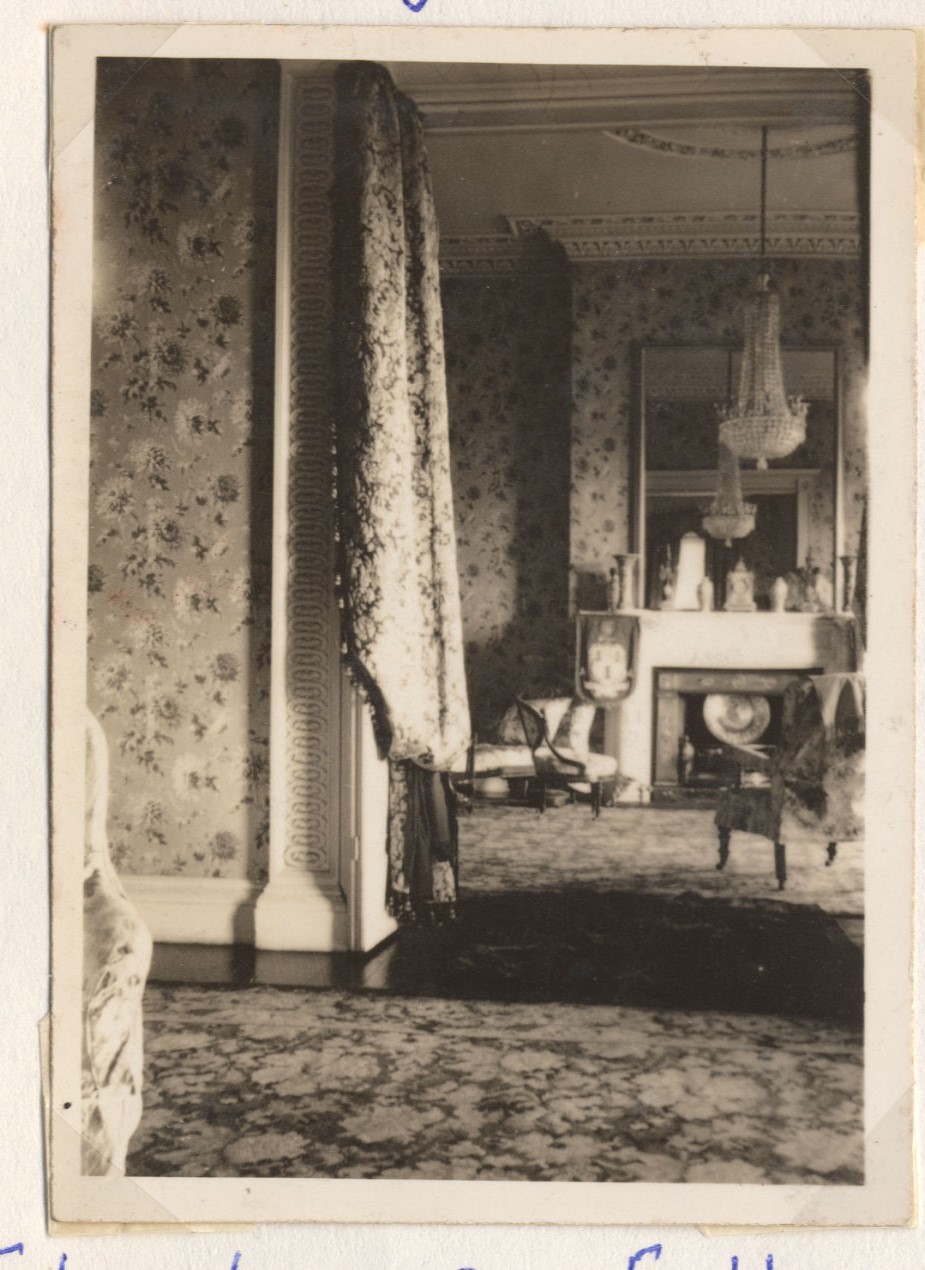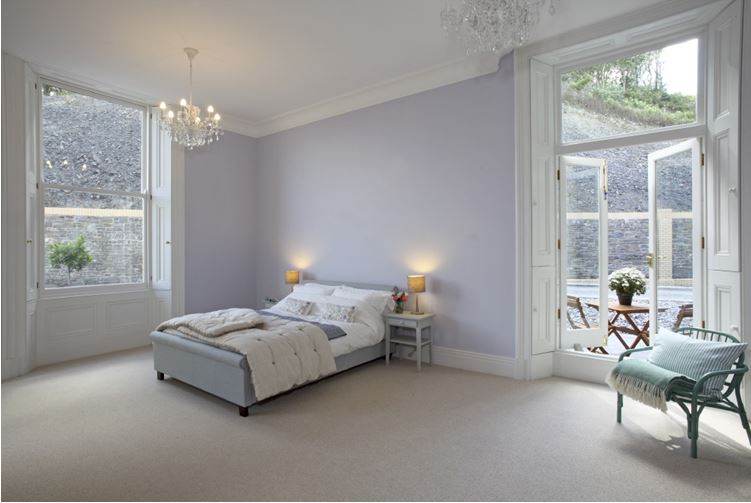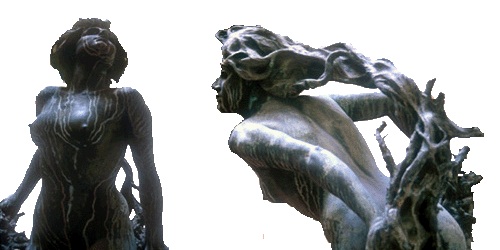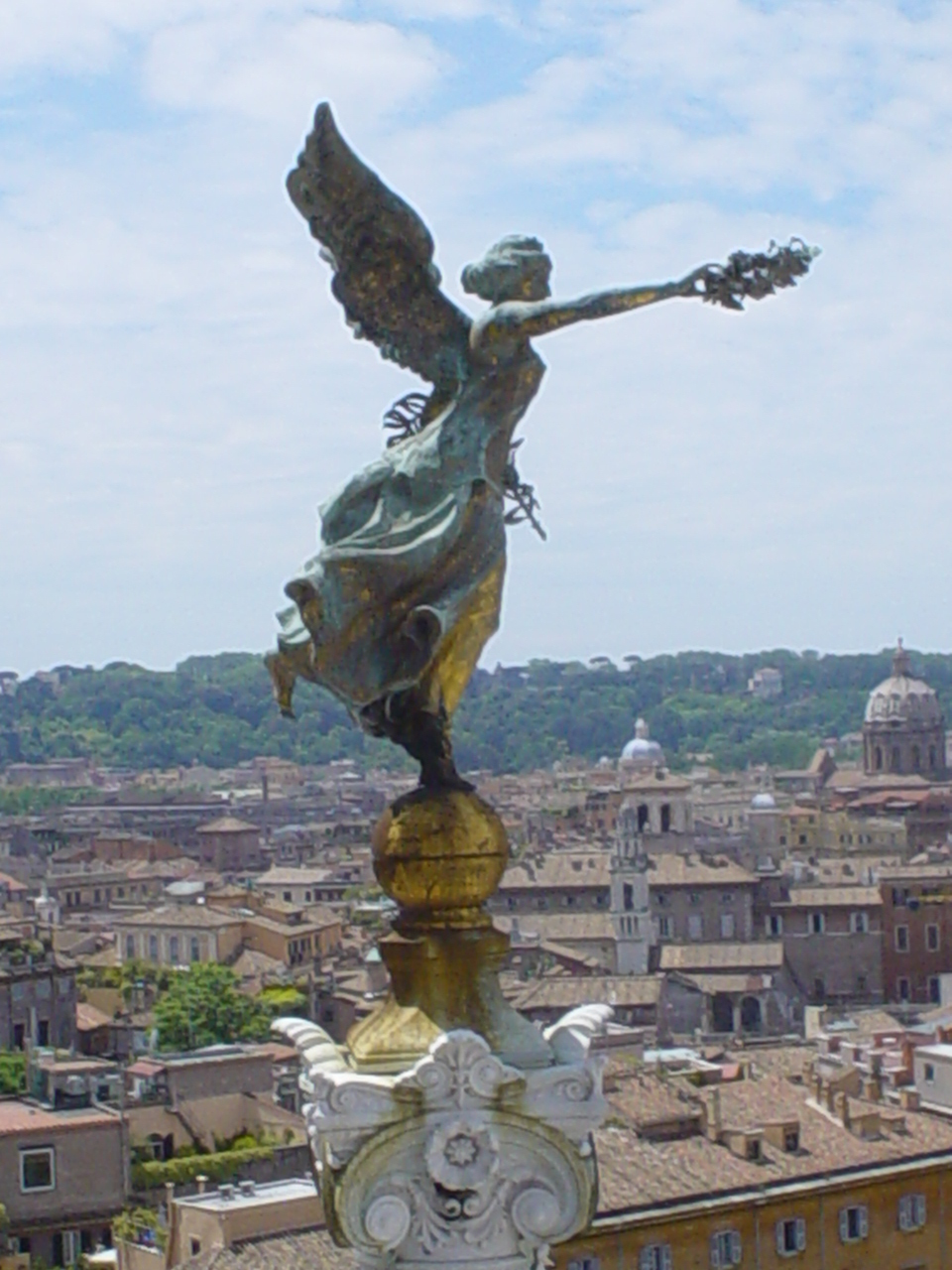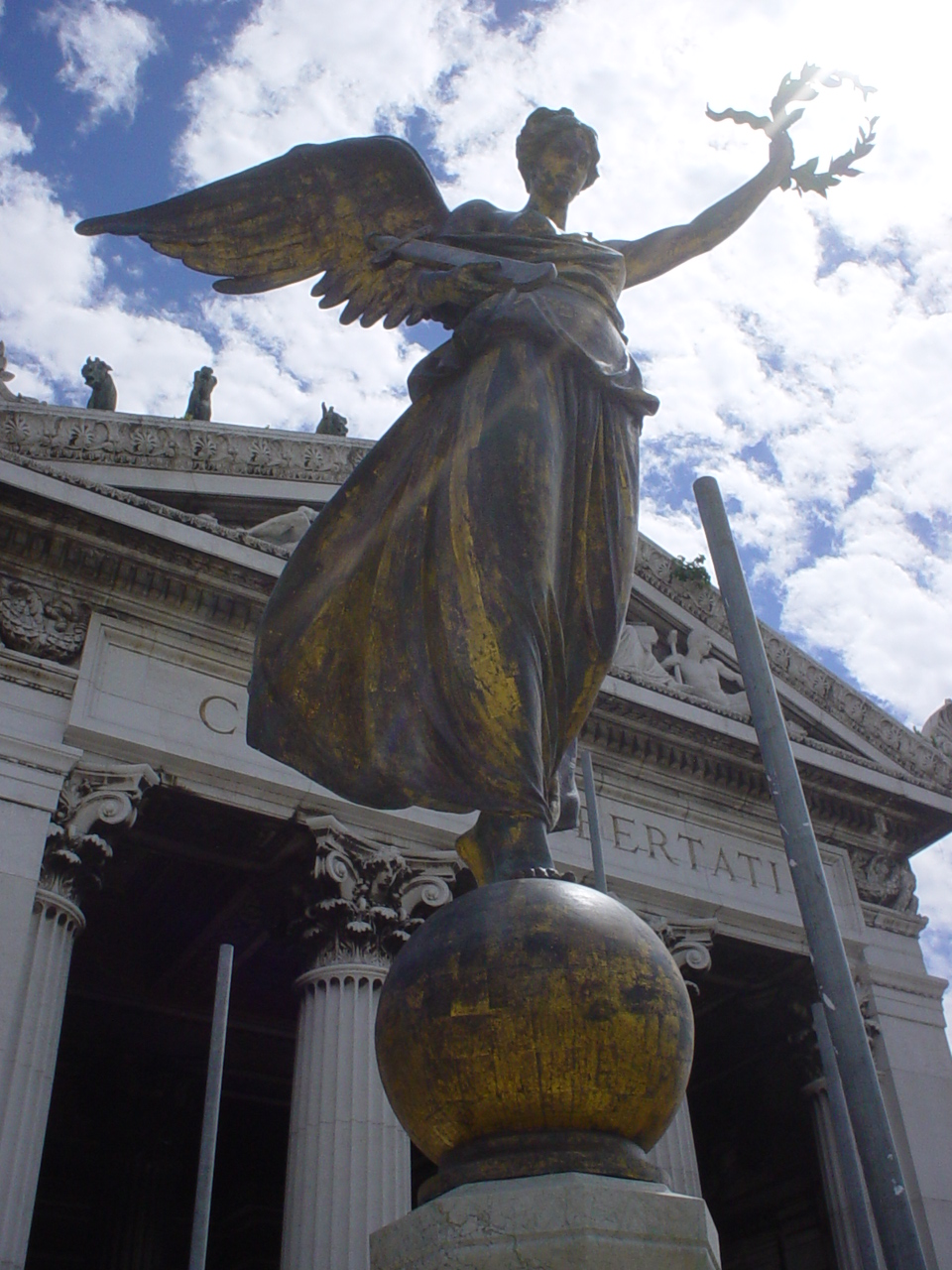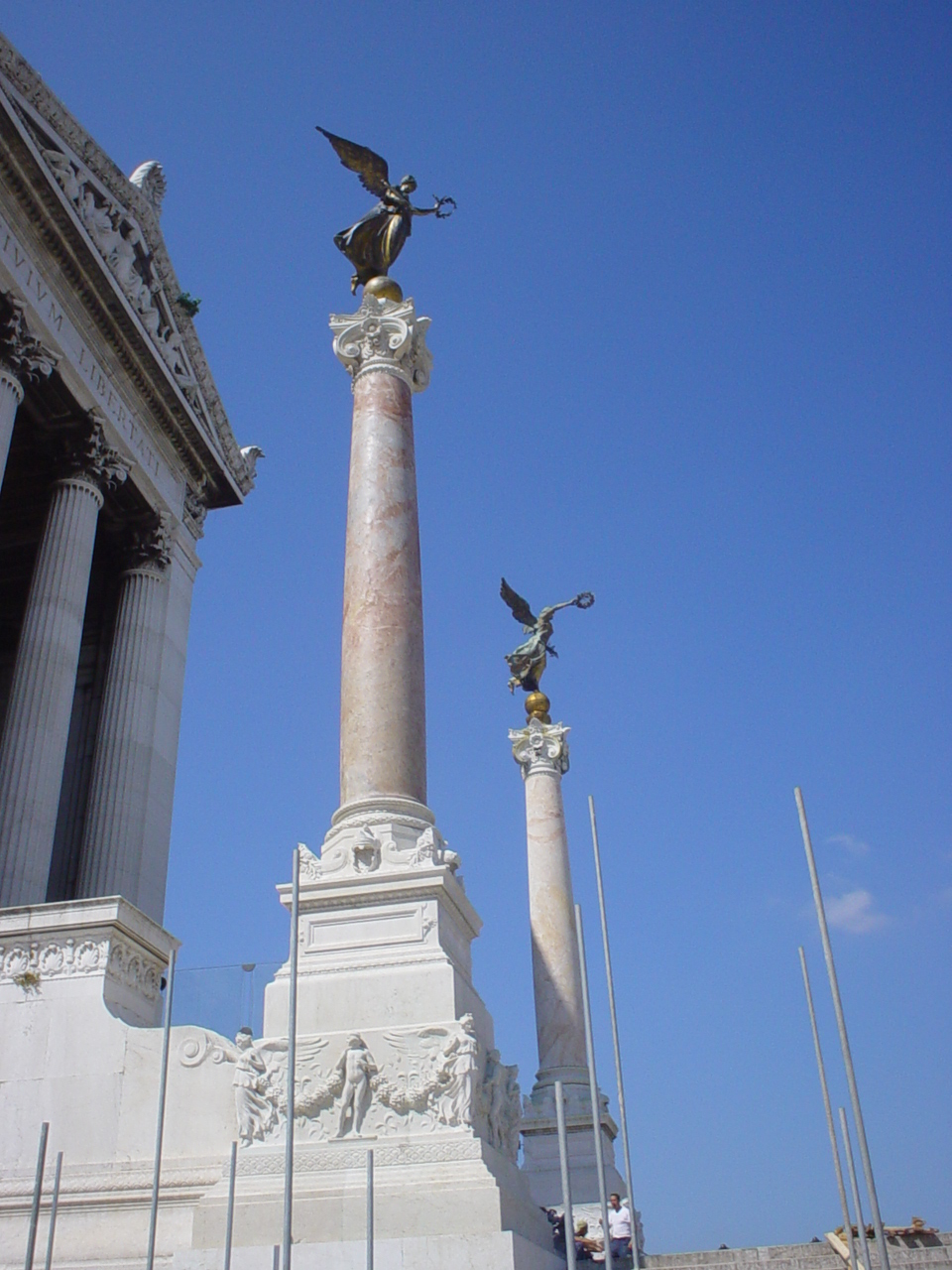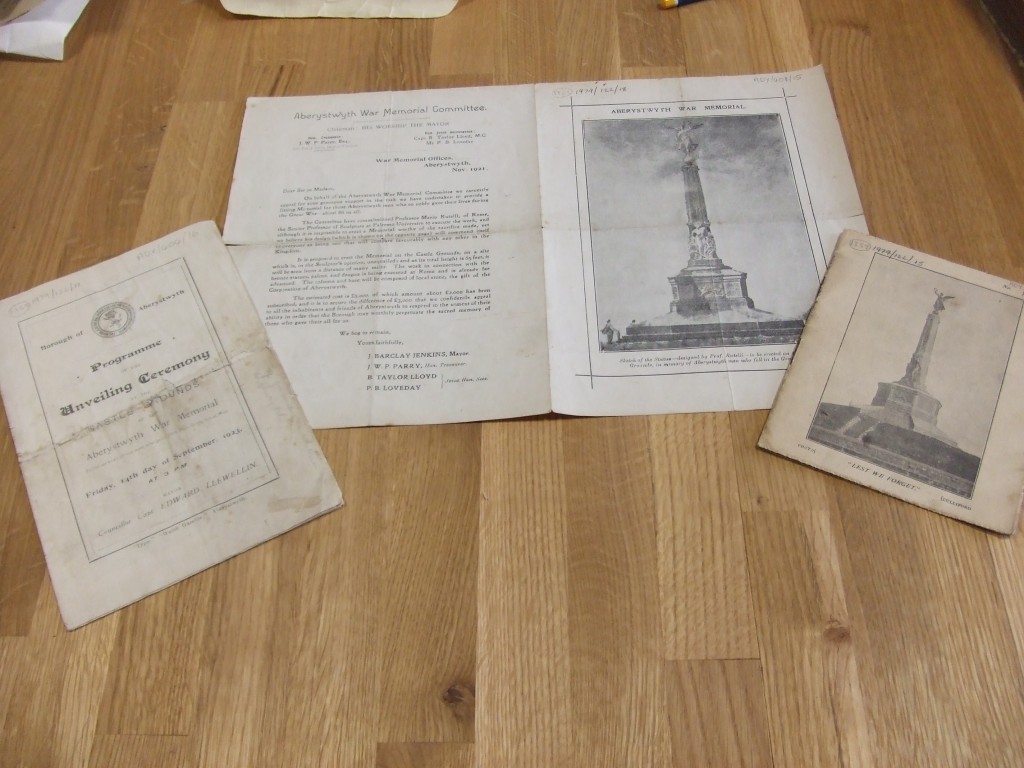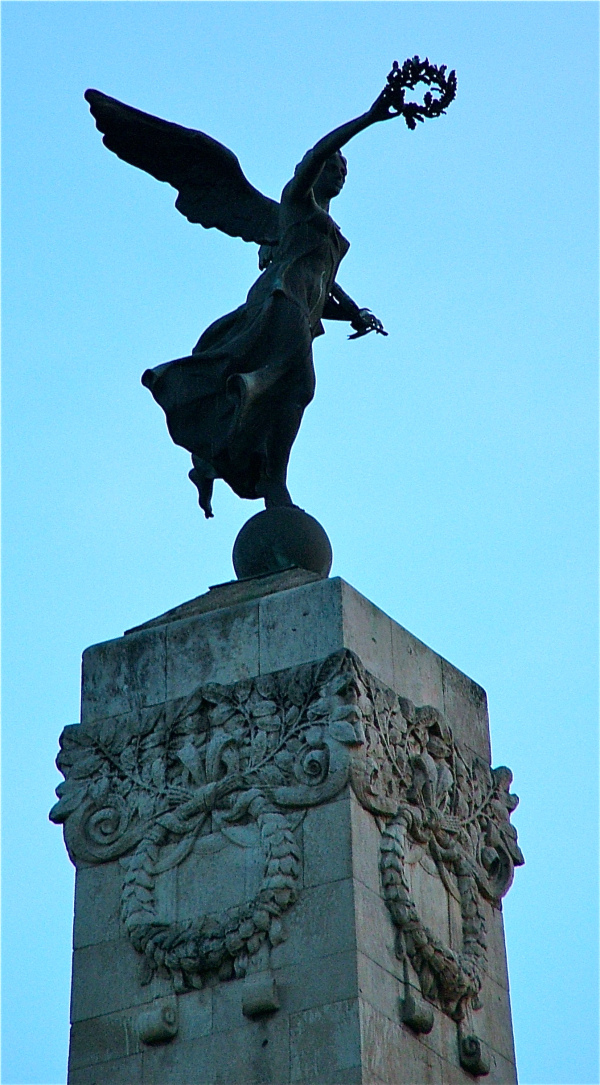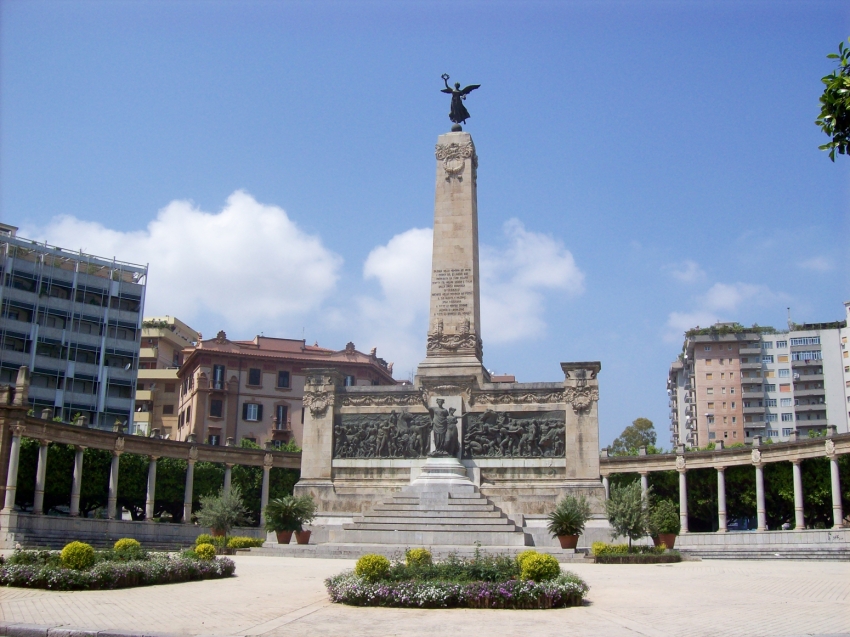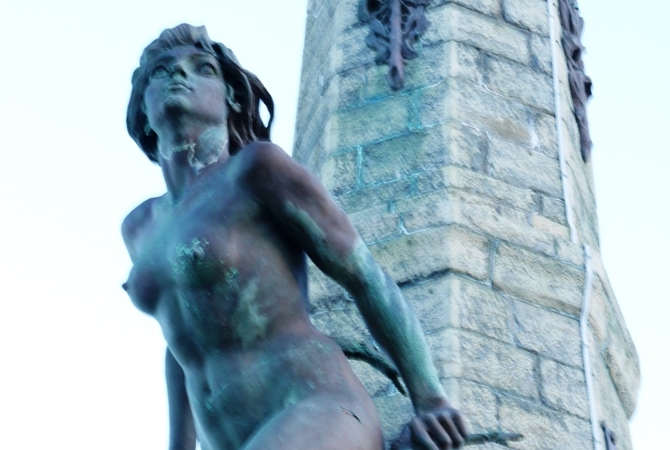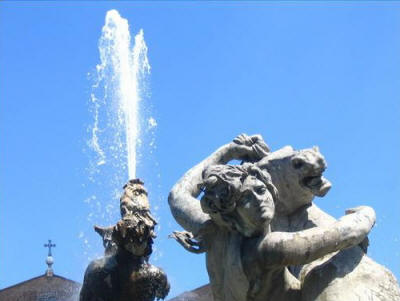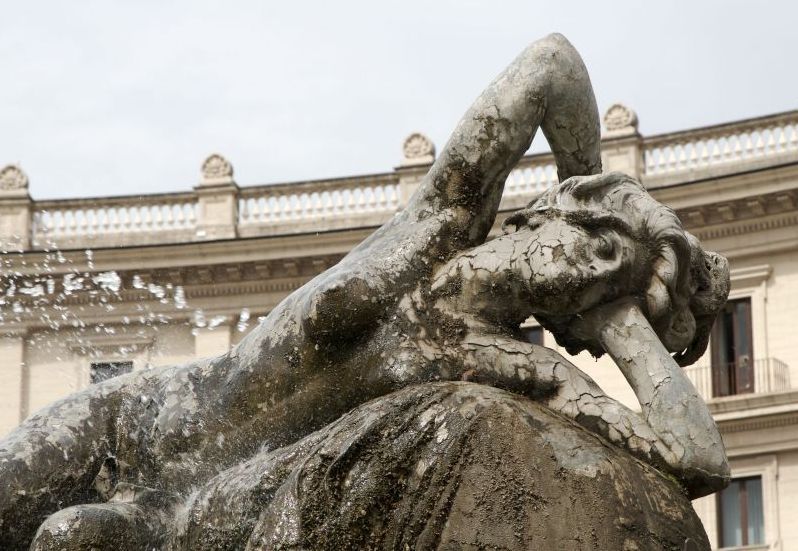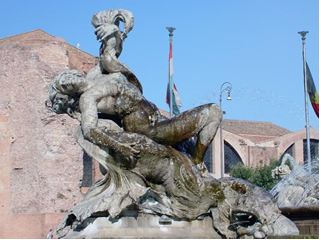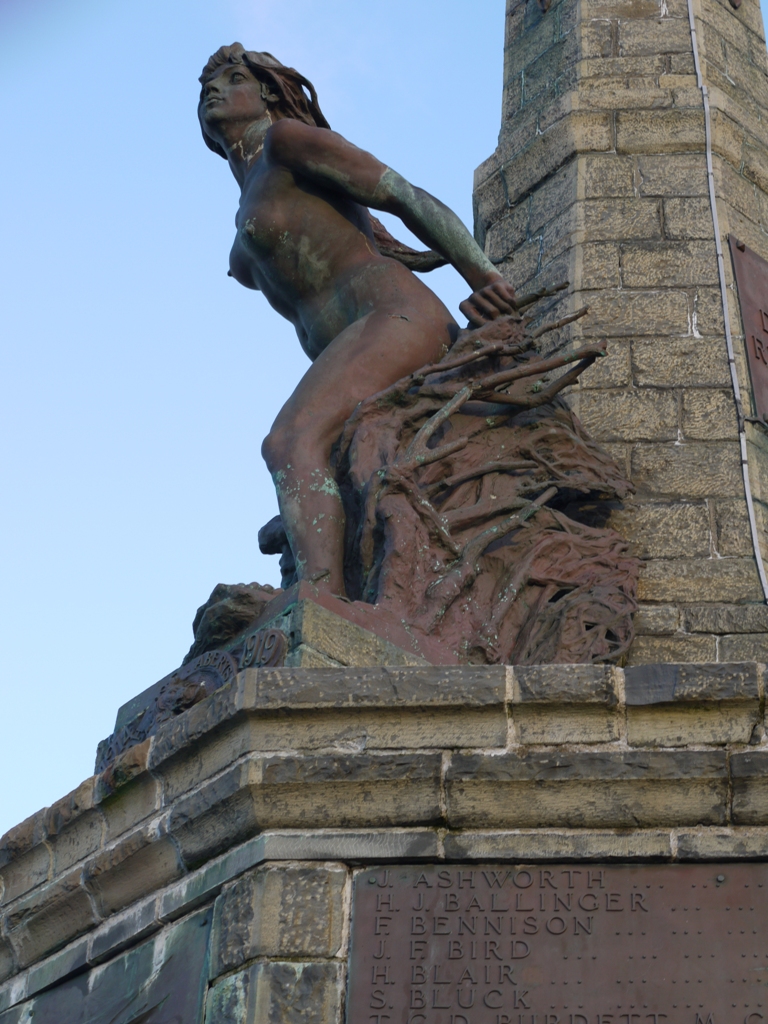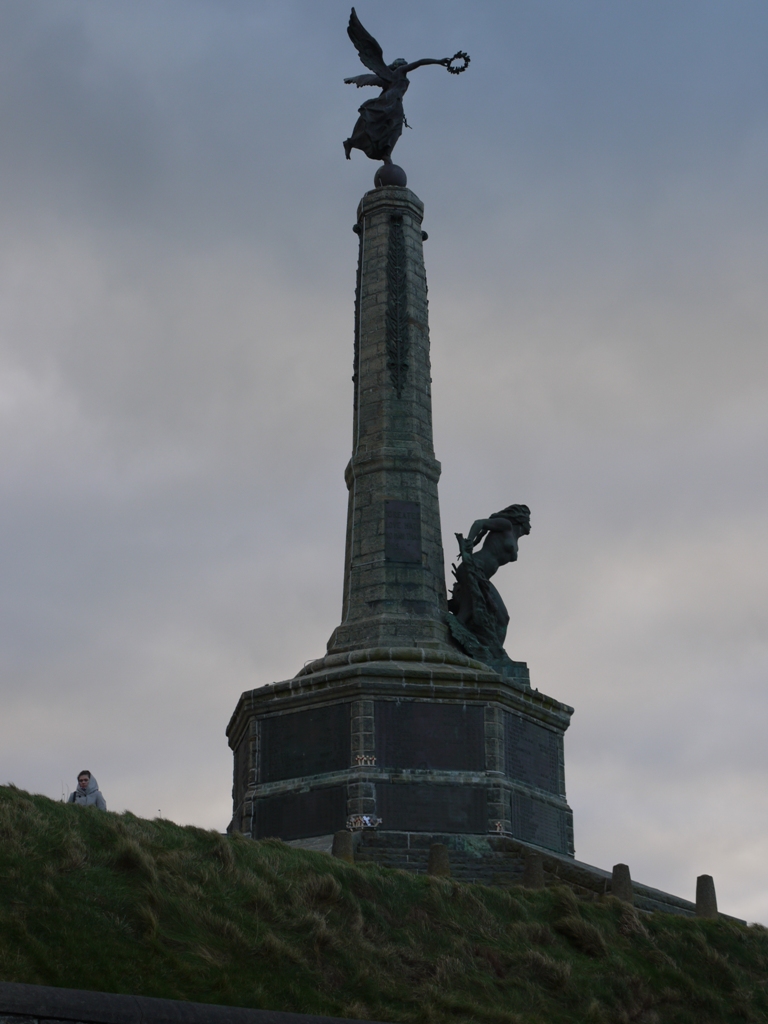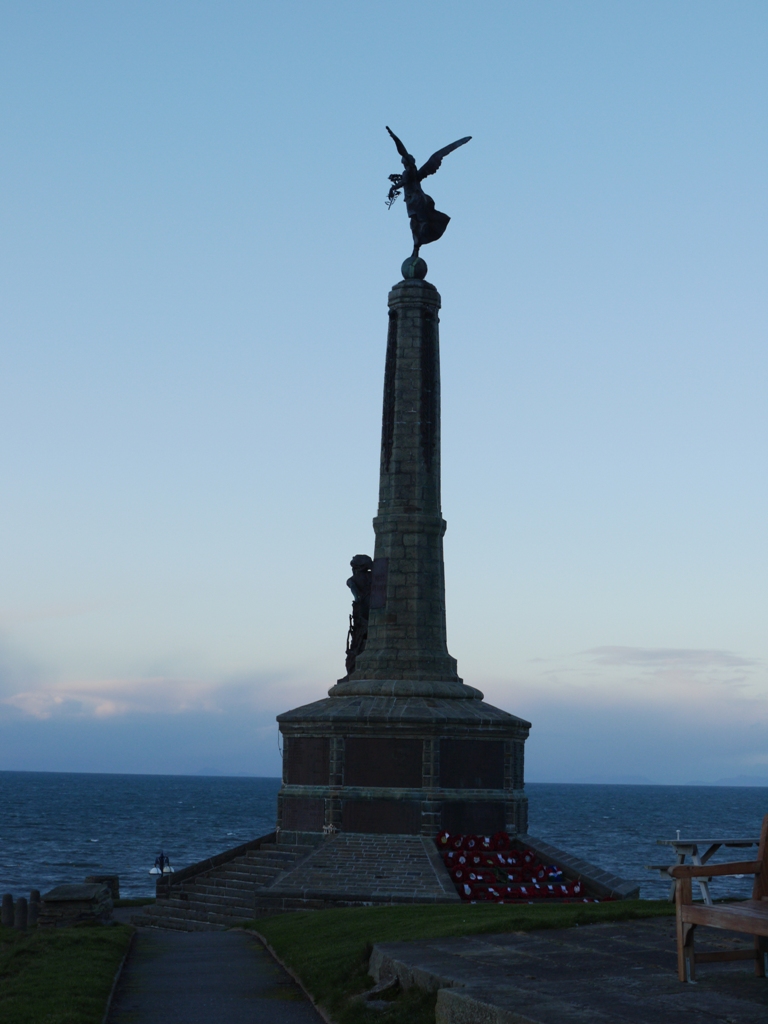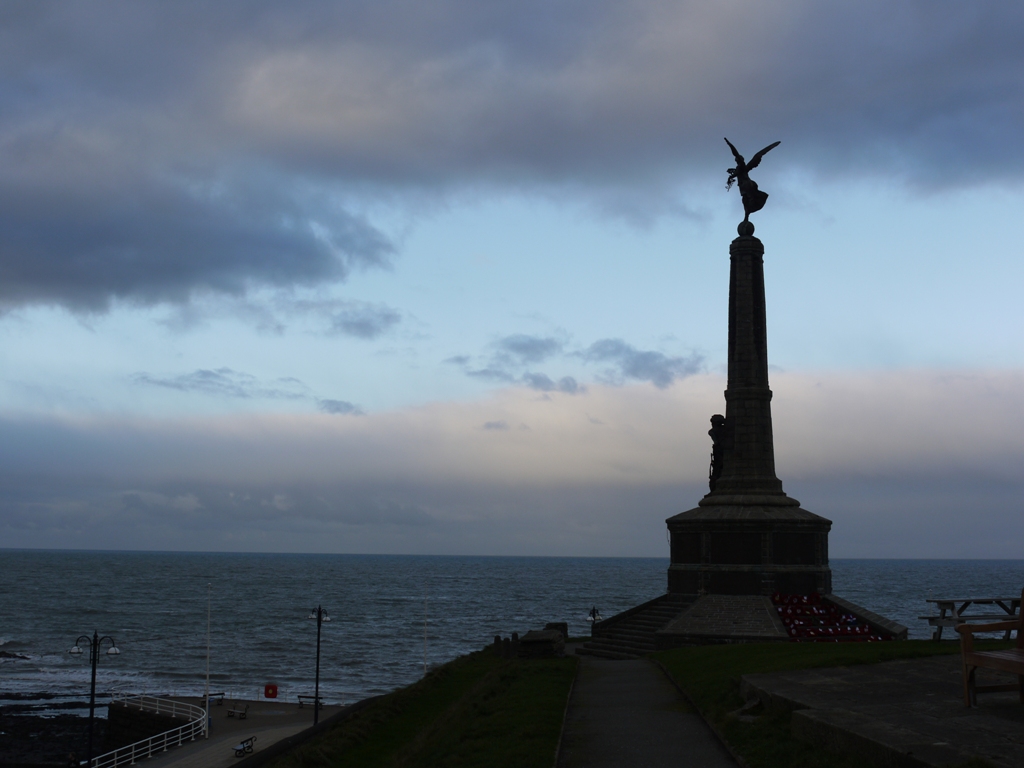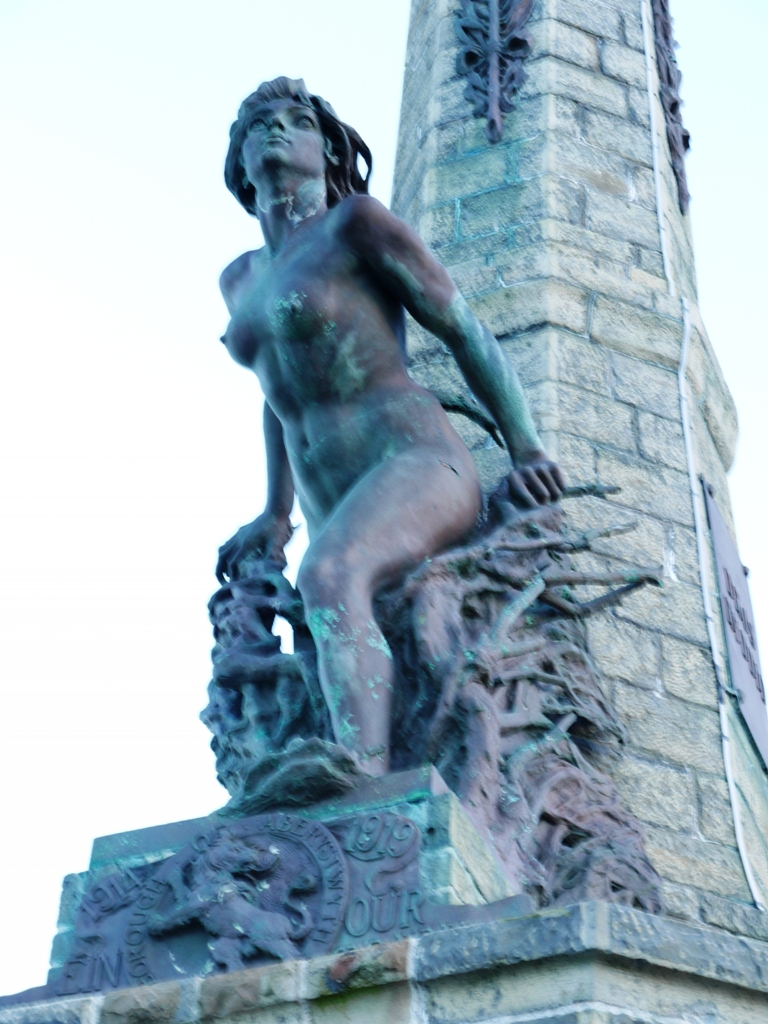by The Curious Scribbler
‘Tanybwlch Flats’ used to mean the extensive flat meadows of the Ystywth flood plain just inland from Tanybwlch beach. South of the meandering river the land has played host to many public functions. For many years the Aberystwyth Show was held here annually, and though that event has moved to a new site at Capel Bangor, there have been sheep dog trials and trotting races in recent years.
Earlier in the 20th century these fields were purchased, speculatively, by Colonel Pugh in the expectation that they would become Aberystwyth airport. At least one early aviator, Prince George had landed a plane on Tanybwlch Flats in 1933. This was a social triumph for the elderly landowner, Lord Ystwyth, who thus managed to finesse the royal guest from the hands of his grander neighbour Lord Lisburne at Trawscoed. Lord Ystwyth wrote to Buckingham Palace to explain that his own land was far more suitable as an airstrip than the proposed field at Trawscoed where the Prince was to land. Those responsible for the young Prince’s safety agreed, after a reconnoitering flight to the area. Lord Ystwyth, was a local man, Matthew Lewis Vaughan Davies, a political peer enobled after many years as a Liberal MP. As such he was always considered of lesser moment by the hereditary and Conservative gentry. So it was all the more gratifying to the 92 year old peer that his guest would land within his property, and as such could be entertained to light refreshments at the mansion before attending the Royal Welsh Show.
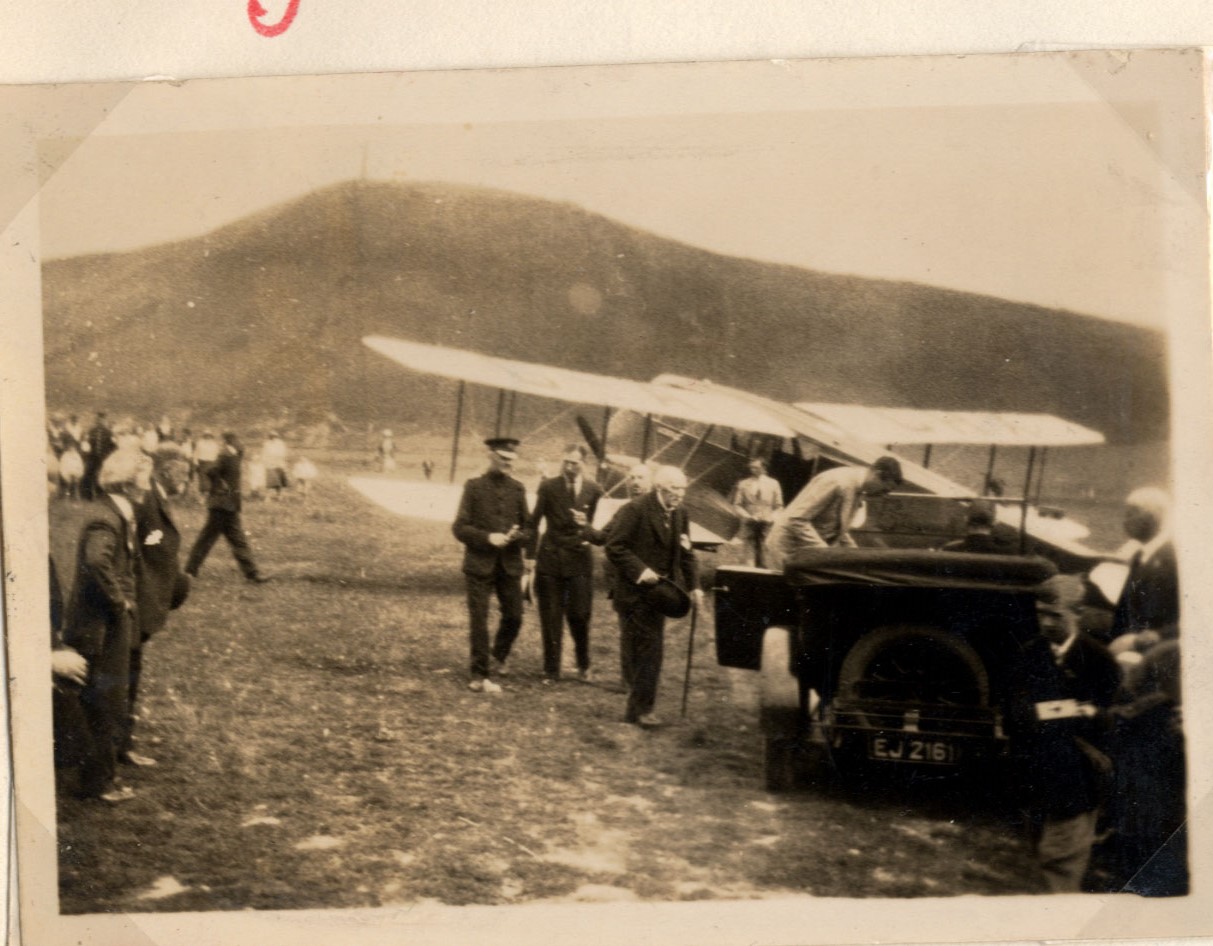
Prince George ( later The Duke of Kent) flew from Hendon to land on Tanybwlch Flats in 1933, on a visit to the Royal Welsh Show at Llanbadarn.
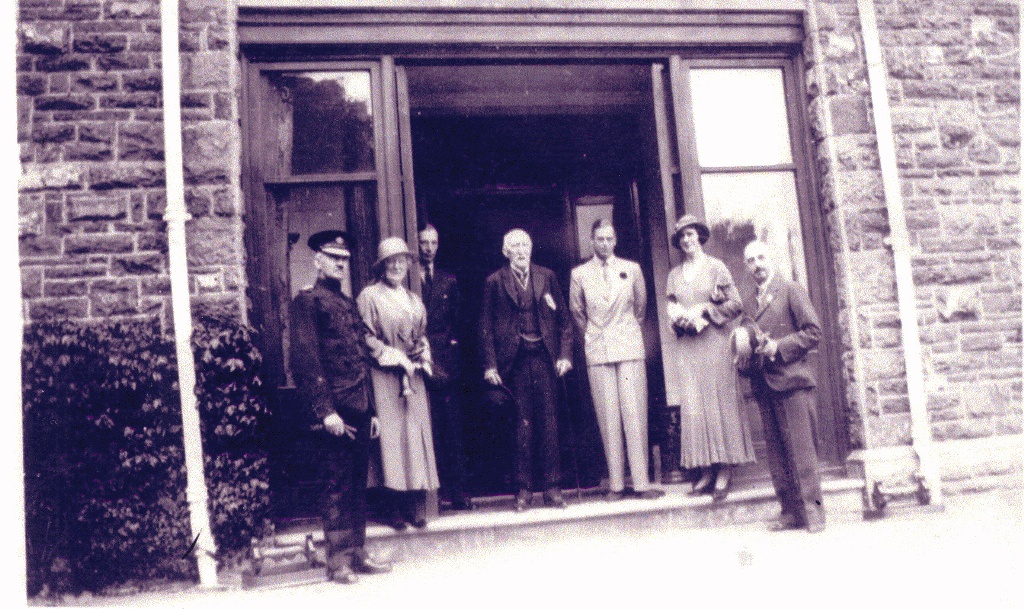
Lord Ystwyth and Prince George in 1933 on the steps of Tanybwlch mansion, flanked by local dignitaries
Today ‘Tanybwlch Flats’ has a different meaning, for the mansion has been divided and refitted as fourteen flats, which are now for sale with Raw Rees of Aberystwyth. The dense envelope of trees which long surrounded the house has been cleared away and it stands now, stark and grey, gazing out over the shingle bar to the sea. A new little outhouse houses a state of the art biomass boiler, which emits a wisp of smoke.
Inside, the show flats reveal a minimalist style – lots of white paint, shiny wood floors, blinds, sparse furniture and galley kitchens. Nothing could contrast more than with the early photographs of the Tanybwlch interiors decorated for Lord Ystwyth and his wealthy wife: rooms full of high Victorian decor, swagged velvet curtains, deeply embossed flock wallpapers, heavy legged tables and upholstered chairs.
The house was stripped of most of these interior features after the estate was sold in 1936. One of the fireplaces now occupies the Elizabethan room at the Royal Oak Llanfarian. Subsequent uses for the building has been as a hospital, a hall of residence for the College of Librarianship, Coleg Ceredigion catering college and training restaurant, and more recently as the private home of guitarist Uli Jon Roth. During that last incarnation many original features such as the panelled doors were released from their hospital cladding of hardboard, and the coved ceiling of the Music room was painted and gilded like a starry sky.
As the potential homeowners flock to view its latest incarnation many will have connections with its past. Some may have relatives who experienced isolation there during the typhoid epidemic of 1946, others may harbour riotous memories of their student days in partitioned rooms in the attics and of winds so penetrating that the carpets were known to undulate in the windy blast from the west. The particulars all look very tranquil today:

